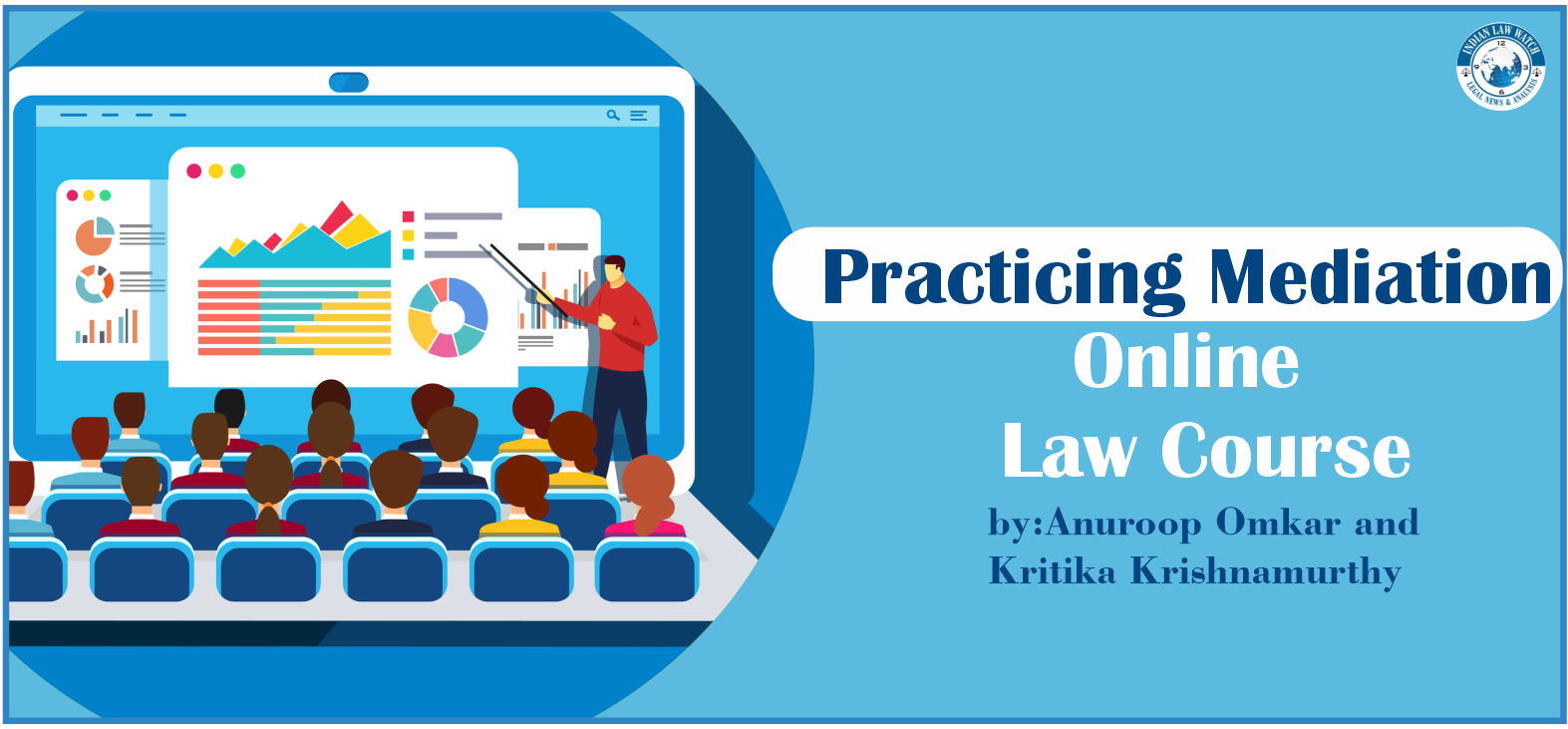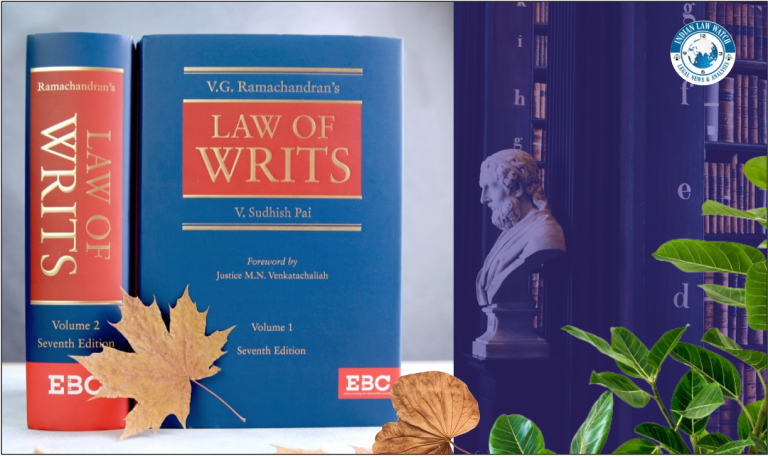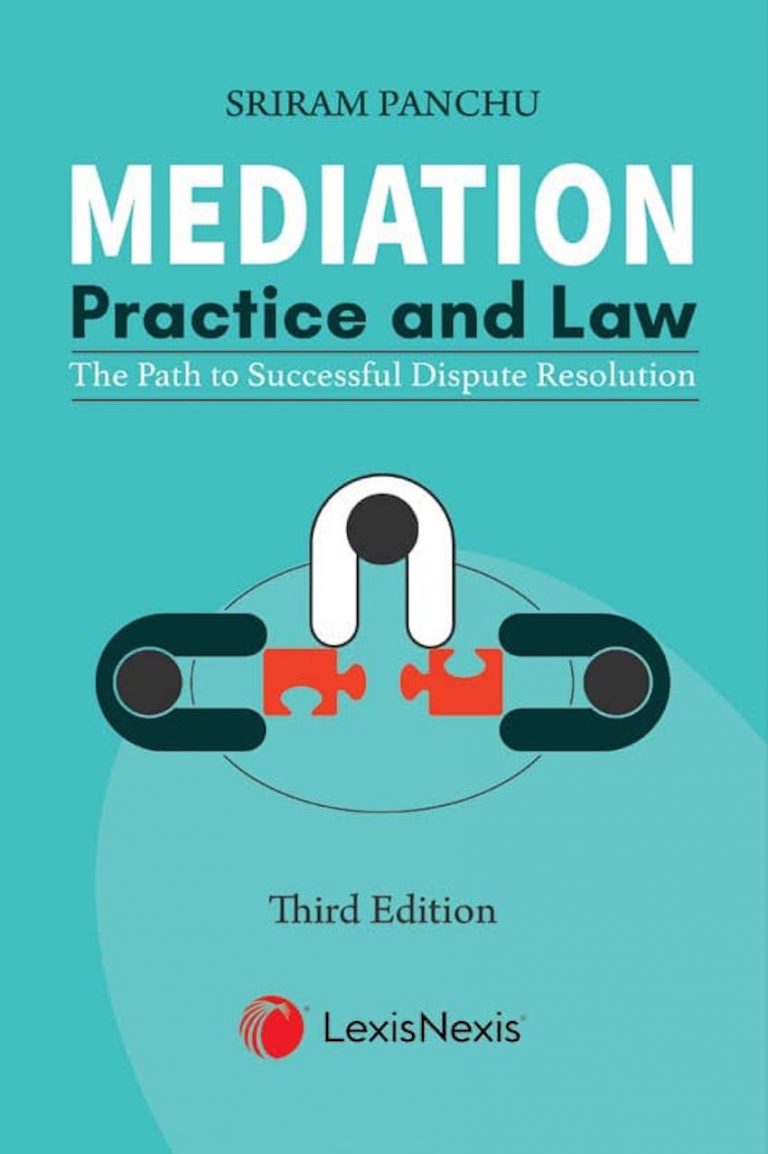
Overview:
Mediation is a dynamic, structured, interactive process where a neutral third party assists disputing parties in resolving conflict through the use of specialised communication and negotiation techniques. All participants in a mediation are encouraged to participate in the process actively. Mediation is a “party-centred” process in that it is focused primarily upon the needs, rights, and interests of the parties. The mediator uses a wide variety of techniques to guide the process in a constructive direction and to help the parties find their optimal solution.
In this course, you will learn as to how the mediator manages the interaction between parties and facilitates open communication.
Instructors
ANUROOP OMKAR
Anuroop Omkar is a corporate, commercial lawyer. He is the Managing Partner at AK & Partners. He also is the Promoter and Director of Bridge Mediation and Consulting, a policy and capacity building think tank. His key areas of practice are private equity, mergers and acquisitions, inbound and outbound foreign investment, and regulatory advisory, etc. He regularly mediates commercial disputes and is an empanelled mediator with various government and private mediation centres.
KRITIKA KRISHNAMURTHY
Kritika Krishnamurthy is a corporate lawyer, ADR Neutral & Commercial Mediator. She is a Partner with a full-service law firm AK & Partners. She also is a Director of Bridge Mediation and Consulting, a policy and capacity-building think tank. She regularly represents clients in mediation and commercial negotiation.
Table Of Contents:
1. Introduction
1.1 Welcome
1.2 Understanding mediation
1.3 Features of mediation
2. Before the mediation begins
2.1 Pre-mediation phase
2.2 Documentation and formalities
2.3 Review of literature
2.4 Confirming attendance of parties
2.5 Setting the room
3. Start of the mediation process
3.1 Scene 1: First meeting and joint session
3.2 Scene 2: Explaining the mediation process
3.3 Scene 2 (Cont.): Parties relating their side of the story
3.4 Commentary for the mediator
3.5 Commentary for the mediation advocate
4. Understanding underlying interests
4.1 Scene 3: Arriving at Mr Khambata’s concerns
4.2 Commentary for the mediator
4.3 Commentary for the mediation advocate
4.4 Scene 4: Arriving at Amit’s concerns
4.5 Commentary for the mediator
4.6 Commentary for the mediation advocate
5. Setting the agenda
5.1 Scene 5: Anuroop lists the issues
5.2 Commentary for the mediator
5.3 Commentary for the mediation advocate
6. Generating options
6.1 Scene 6: Mr Khambata gives his priorities
6.2 Scene 7: Amit gives his priorities
6.3 Commentary for the mediator
6.4 Commentary for the mediation advocate
7. Agreement and closing
7.1 Scene 8: Arriving at a consensus
7.2 Commentary for the mediator
7.3 Commentary for the mediation advocate
8. Post mediation phase
8.1 Next steps
8.2 Conclusion





